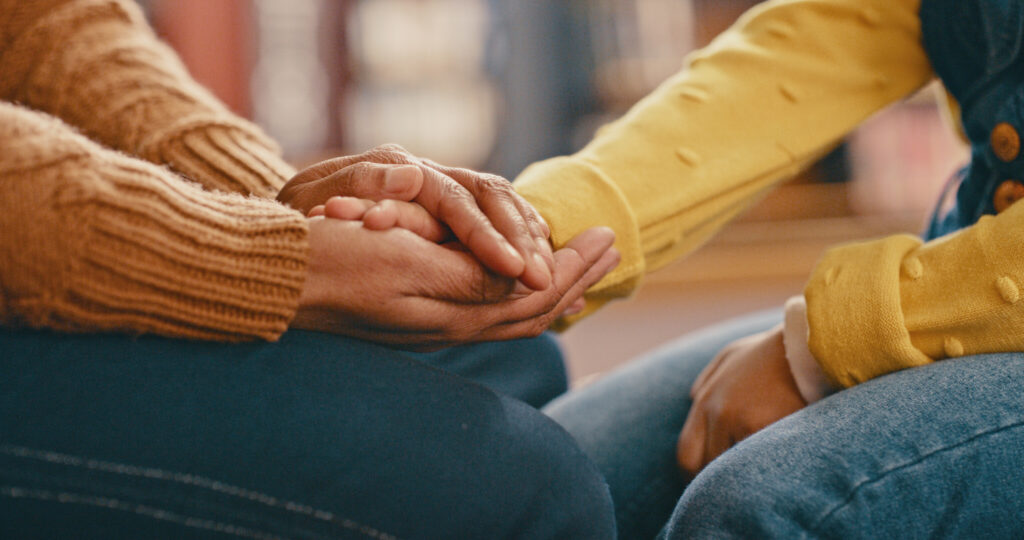
The Empty Chair: Navigating Childhood Grief at the Holidays
This post on Childhood Grief is written by Ashley M. Grant, M.S.
The holiday season is often filled with joy, excitement, and time spent with family. However, for families who have recently lost a loved one, the empty chair at the table can feel all too powerful. Children experience grief and bereavement in many similar ways as adults, but their understanding of loss and emotion regulation abilities will differ depending on age. As such, here are some tips to approach death and loss with your children during the upcoming holiday season.
Acknowledge The Loss/Change

Children don’t always verbalize their experiences. This does not mean they are not grieving. Many parents incorrectly assume that because a child isn’t talking about a death or loss, they are not grieving or thinking about it.
In reality, children process emotions differently than adults. In fact, most children and teens are very aware of the missing family member at family gatherings. Ignoring the loss and changes can inadvertently model to children that hard feelings and emotions are not to be discussed. Make space to talk about the individual who has passed. Be cognizant of the level of depth the child wants. Bring up past memories, talk about special moments from past holidays. Acknowledge to children that you notice and feel that change or empty space too.
Understand A Child’s “Grief Brain”

Children may respond to a death or loss differently than adults. For children who have recently gone through a death, it is not uncommon to see emotional outbursts, behavioral changes, or focus and concentration issues.
As a result, children who are grieving often revert to some of their most accessible emotions, such as anger, confusion, and fear. Recognize this impact, and identify ways to model emotion regulation for children who may be struggling after a loss. As the holidays creep up, take note of the ways in which your child’s behavior may have recently changed and talk about it in an age-appropriate way. Notice issues that are coming up, such as newfound separation anxiety, arguments with siblings, homework refusal, or withdrawal from family members and friends. By recognizing what is a normal “grief reaction” for a child, parents can better equipt themselves with how to manage these situations.
Find Ways To Honor The Deceased
Do not ignore the differences or changes. Find ways to incorporate the deceased relative into the holiday environment. Some ideas may include:
- Baking a deceased loved one’s favorite food
- Making ornaments or decorations with the loved one’s picture on it
- Placing their picture at the table
- Visiting their resting place during the holiday
- Playing the loved one’s favorite holiday songs
- Talking about memories with the loved one from past holidays
By acknowledging and recognizing the loss, creating space for the child to retain some semblance of connection to their person becomes easier. This may ease the child into what a new holiday without their loved one will look like.
Create Space for Emotions
Lastly, discuss and model all of the emotions associated with grief. Allow space for sadness and tears – even when it may be hard or uncomfortable. Moreover, avoid trying to “fix” the loss by buying excessive presents or items for the child, as it typically does not fill the void of that death. Instead, practice a mindset of emotional freedom by discussing how it feels for you as the adult to be without that special person. Note when you are feeling sad about your missing person. Laugh and cry when discussing memories of your loved one. Acknowledge the anger of not having your person around for another holiday. By discussing your authentic feelings, it opens up space for the child to do the same. By modeling appropriate demonstration of emotions, your child learns how to process what they are feeling in a non-destructive manner.
Check out our other popular blog posts:
